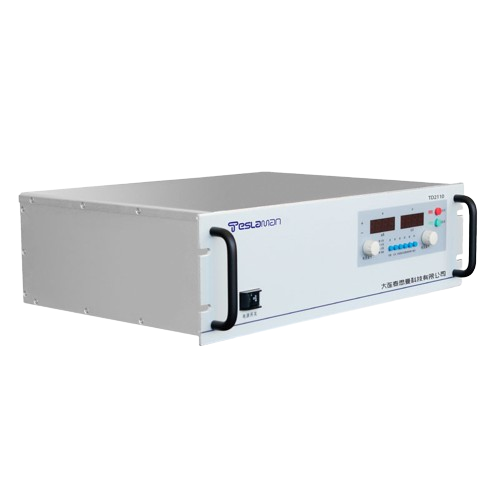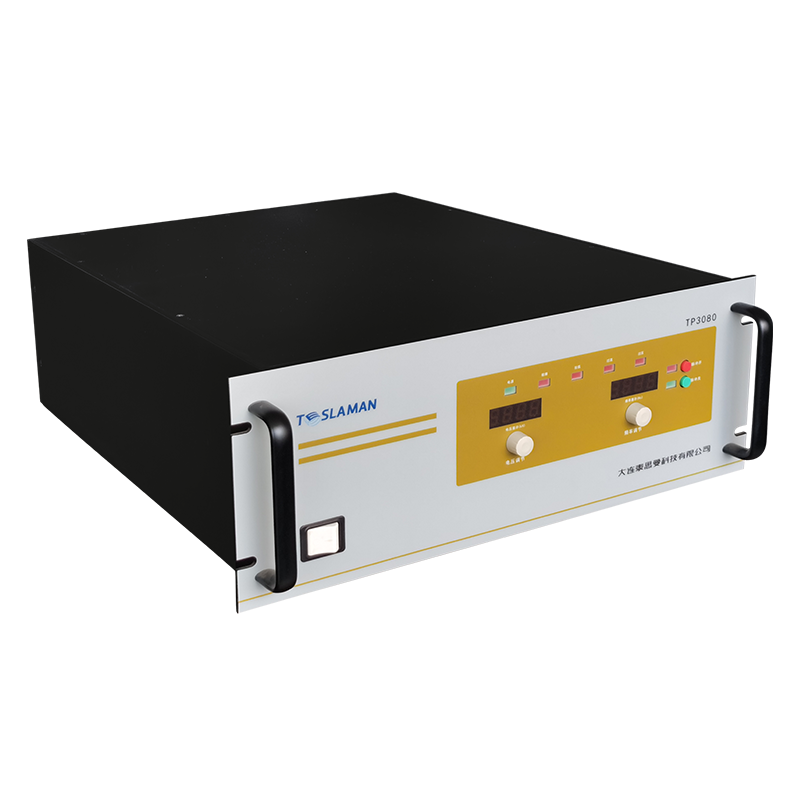Localization of Lithography Machine Power Systems: Implementation Practices
The localization of high-voltage power systems in lithography equipment has become a strategic focus as semiconductor manufacturing increasingly demands supply chain resilience, shorter lead times, and reduced dependency on imported modules. Implementing localized power systems involves not only replicating functional capabilities but also ensuring that reliability, stability, and integration with advanced lithography subsystems meet or exceed established performance standards. From a technical perspective, localization requires a comprehensive approach spanning topology design, component selection, thermal management, digital control, and system-level integration.
A primary challenge in localized high-voltage power development is achieving voltage stability under highly dynamic load conditions. Lithography machines involve multiple subsystems that demand precise energy delivery, including illumination modules, electrostatic chucks, and stage control units. Voltage ripple or transient deviations can directly affect wafer patterning accuracy. To address this, localized designs adopt high-precision converter topologies such as multi-stage resonant circuits, digitally controlled pulse-width modulation, and soft-switching architectures that minimize switching losses while providing rapid response to transient currents.
Component selection is a critical factor in localization. Semiconductor switches, capacitors, transformers, and magnetics must meet high-voltage, high-frequency, and thermal endurance requirements. Materials with consistent dielectric strength, low thermal coefficients, and high breakdown tolerance are prioritized. Advanced wide-bandgap devices are often employed to achieve fast switching speeds, high efficiency, and reduced parasitic losses. In addition, locally sourced components are carefully characterized for long-term stability and reliability to ensure that they can withstand the demanding operational environment of lithography equipment.
Thermal design is another cornerstone of successful localization. High-voltage power modules generate substantial heat, which can influence voltage stability and component longevity. Optimized heat sinks, liquid or forced-air cooling channels, and thermal simulation during the design phase ensure that the localized systems maintain consistent operating temperatures under continuous production loads. Coupled with digital thermal monitoring, these measures allow real-time compensation for thermal drift and prevent degradation of voltage regulation precision.
Digital control and monitoring are essential for the successful implementation of localized high-voltage systems. Microcontroller-based or FPGA-driven control loops provide fine-grained regulation, predictive compensation for load transients, and integration with lithography machine automation. Real-time diagnostics monitor voltage, current, temperature, and insulation status, supporting preventive maintenance and early fault detection. These digital systems can also interface with fab-level control platforms, enabling remote monitoring and analysis of operational performance.
Electromagnetic interference (EMI) mitigation is critical, as lithography machines operate with highly sensitive optical and measurement subsystems. Localized designs employ careful PCB layout, shielding, and filtering strategies to minimize conducted and radiated EMI. Field-grading of high-voltage components, coupled with optimized grounding schemes, ensures that sensitive metrology sensors and illumination modules remain unaffected by switching noise.
System-level integration poses a further challenge. Lithography power systems interact with multiple synchronized subsystems, including illumination pulse drivers, stage servo amplifiers, and environmental monitoring sensors. Localized power modules must maintain precise timing, low-noise operation, and voltage accuracy while providing sufficient bandwidth to respond to rapidly changing loads. Modular designs are often employed, allowing incremental scaling, easy maintenance, and rapid replacement without extensive downtime.
The manufacturing and assembly process also plays a significant role in localization success. High-voltage modules are assembled under controlled environments with strict quality assurance practices, including high-voltage insulation testing, partial discharge evaluation, and accelerated thermal cycling. Each module undergoes rigorous validation to ensure compliance with voltage stability, transient response, and reliability targets.
Reliability testing for localized systems focuses on long-term performance under simulated operational loads. Voltage drift, temperature cycling, insulation degradation, and EMI susceptibility are monitored over extended periods to validate that localized solutions can perform consistently across production shifts. Feedback from these tests informs design improvements, fine-tuning of control algorithms, and optimization of cooling strategies.
From a practical perspective, the rollout of localized high-voltage systems requires close alignment between power supply engineers, lithography equipment integrators, and semiconductor fab operators. Design considerations must accommodate wafer size variations, stage acceleration profiles, optical illumination cycles, and electrostatic chuck requirements. By systematically addressing these challenges through precise engineering, rigorous testing, and modular integration strategies, localized high-voltage power systems achieve functional parity with established imported systems while providing enhanced flexibility and supply chain independence.




















